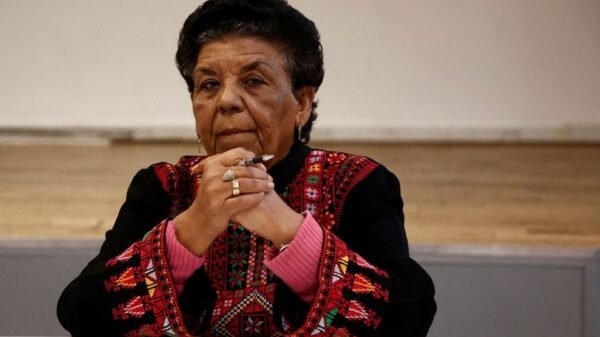The minimum wage debate in the United States took a turn this week when the Los Angeles City Counsel voted to raise the minimum wage from $9 to $15 per hour. This increase will occur incrementally over the next five years with the per-year rate sitting at $1.50.
In Los Angeles, more than half of the working population earns less than $15 per hour. As the second largest city in the United States, this increase will have the most widespread impact of any wage increase thus far.
Many cities on the West Coast have passed higher minimum wage bills. Seattle and San Francisco have already passed similar $15 legislations, Chicago is up to $13 per hour, while cities like San Diego and Oakland are operating above $11 per hour. New York City, Washington D.C and Kansas City have all proposed the same $15 wage increase.
The magnitude of this type of increase has not been seen since the creation of the Welfare State in the 1960’s.
Labor advocates will tally their greatest victory to date as the Los Angeles City Counsel passed the measure by a 14-1 vote. With rising inflation and an outdated federal minimum wage of $7.25 per hour, states and city municipalities have been forced to take the issue into their own hands.
After the minimum wage increases to $15 in 2020, it will be connected to an average of the Consumer Price Index (CPI). This essentially connects the minimum wage to inflation rates, allowing for a correlated rise or fall in wages with the value of the dollar. A ratio like this will attempt to avoid political paralysis on the topic.
These increases affect all employers, however small businesses (defined in this case as 25 employees or fewer) will be granted an additional year to comply.
Some argue that older individuals should have a higher minimum wage, however the oft discussed age scale for minimum wage will not be enacted. Law stipulates that workers between the ages of 14 and 17 must be paid 85 percent of the minimum wage for their first 160 hours of employment, however after the age of 17, all workers have the same minimum wage.
According to President Obama, increases to the minimum wage should be occurring on a federal level as well, with the White House Council of Economic Advisers publishing a study concluding that 19 million workers would directly benefit from an increase of $10.10 per hour.
That said, there are plenty minimum wage opponents. Challengers hold that higher wages will induce excessive layoffs. Most of these thinkers are conservative free market capitalists, believing that the market should set wages, rather than the government. In simpler terms, workers should be paid their worth. Individuals of this disposition worry that a standard wage will lead to less jobs and increased outsourcing. This concern is specifically focused on small businesses, a sector where wage increases can directly lead to closings or relocations.
There are certain individuals and industries that will be particularly be affected by this trend. In 2012, 59 percent of the minimum wage workers were below the age of 24; of those, 59 percent were women. In terms of affected industries, the hospitality and dining businesses are very reliant upon low-skill, low-wage work and may be forced to downsize in the aftermath. However, minimum wage advocates hold that these ill effects can be mitigated by price increases.
For both sides of the debate, one fact holds true. No one is sure what the future impacts of such a dramatic increase will be, but they will shape the labor discussion for generations to come.
Image: Via Flickr/PIctures of Money




























Comment Template